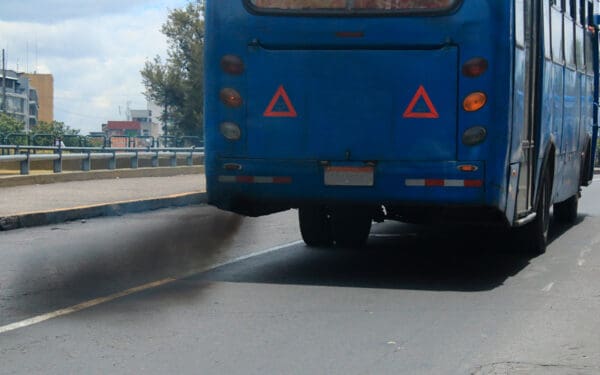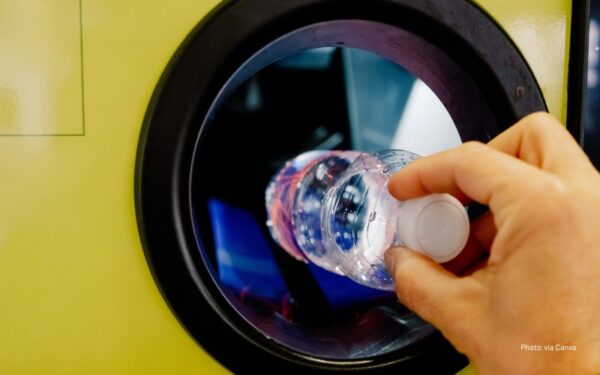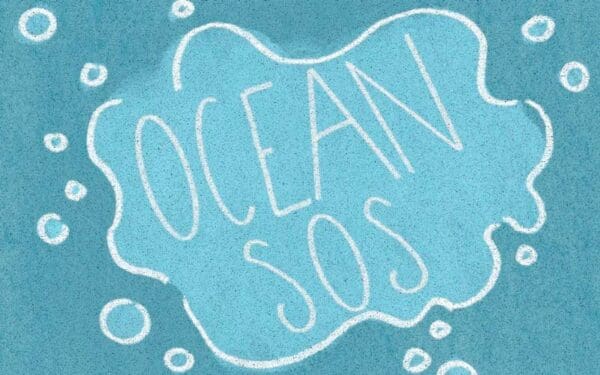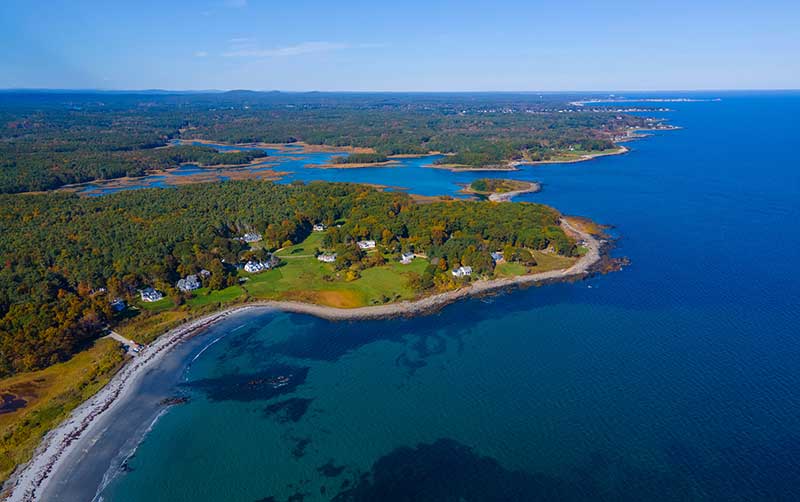
Bacterial pollution closed Brave Boat Harbor on Kittery Point for years. CLF's years-long effort to force the EPA to enforce the Clean Water Act has helped the waterbody recover. Clamming will resume there this winter. Photo: Shutterstock
Fifty years ago, Congress adopted the Clean Water Act. This landmark environmental law aimed to clean up waterways that were too polluted for people to swim in or for fish to survive. That law – and those who have enforced it, like my CLF colleagues – has led to many clean water success stories over the past half-century. Among those stories – one brought home for me just a few weeks ago – is the return of a cherished tradition in my town here in the Seacoast region.
Clamming Returns to Brave Boat Harbor
My alarm blares at 6 a.m. on a Saturday in early October. It’s gray outside, low 40s, and I’m cozy under the weight of fall blankets. Do I really want to get up and spend the next five hours standing around the Kittery high school parking lot?
I can picture the scene. There’s probably already a long line of hard cores queued up, eager to score one of only 30 licenses to harvest shellfish in Brave Boat Harbor. Today marks the first time in 15 years that you can get a clamming license for the beautiful salt marsh that separates Kittery Point from York. If I don’t get out of bed, I’ll miss the chance to dig clams on Sundays throughout the winter.
Okay, okay, I grumble as I throw on warm clothes and fill a travel mug with hot coffee. I manage to pull into the parking lot by 7 a.m. As expected, I’m not the first one here.
No One Minds the Wait
The licenses won’t go on sale until noon, but a small crowd has already circled up – mostly locals who know each other from fishing docks or school sporting events. They’re stomping their feet, sipping from Dunk’s cups, tossing back Munchkins, and ribbing the guy who arrived at 4 a.m.
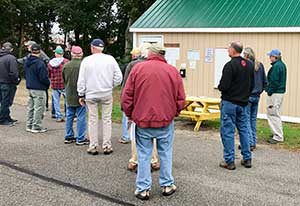
Their chatter covers the usual topics: the start of hunting season, boats and fishing, the weather. But mostly people are talking clamming. Bushels and pecks, preferences for flat-tined or round-tined clamming rakes, the best paths for trekking into the salt marsh at low tide in the dead of winter. Old-timers dispense wisdom to curious newcomers about how to avoid spearing the soft-shelled clams or disturbing the ones smaller than the two-inch minimum for harvest. No one seems fazed when it starts to drizzle; no one is grumpy at the Harbormaster for the long wait or archaic permit system. People are stoked about getting to go clamming in Kittery once again.
I hear several people share how they grew up digging clams in Brave Boat Harbor, up in Wells and Ogunquit, or down on the New Hampshire beaches. They say how sad it was when the Maine Department of Marine Resources closed Kittery’s clam flats around 2007. That’s when water quality tests showed the presence of bacteria from human waste in quantities high enough to make eating raw shellfish unsafe. It stayed that way for 15 years.
Pollution Was Killing the Clam Beds and So Much More
Though Maine regulators don’t say so explicitly, the likely source of that bacterial contamination was Portsmouth’s wastewater treatment facility at Peirce Island. For years, the facility pumped millions of gallons of poorly treated wastewater into the Piscataqua River every day.
Most communities around the country had upgraded their wastewater plants to treat for such bacteria back in the 1980s and 90s. But Portsmouth, armed with a waiver from the EPA, wasn’t required to upgrade its plant. Meanwhile, all that pollution caused the health of the Great Bay estuary, the network of rivers and bays that forms our Seacoast region, to deteriorate severely. And even though Portsmouth is across the Piscataqua River from Kittery, water knows no political boundaries. Swirling currents, daily tides, and complex circulation patterns move pollutants around the estuary, connecting our tidal communities in surprising ways.
CLF Pushes the EPA to Uphold the Law
By the early 2000s, the science was clear: The Great Bay estuary was in trouble. More sewage from growing communities, increasing amounts of pavement from parking lots and roadways, fewer woodlands and wetlands, more fertilizer on more lawns, and a rise in the number of septic systems — all were taking a toll on the Seacoast’s rivers, bays, and coast.
Wasn’t this exactly what the Clean Water Act was supposed to prevent? But even a landmark law sometimes needs champions to ensure it gets enforced. That’s where CLF’s Tom Irwin comes in.
To Irwin, the EPA wasn’t doing its job. The federal agency needed to require communities around the estuary to improve wastewater treatment and reverse water quality violations.
Irwin started making the case that the estuary’s health was tanking. He pointed out that the Clean Water Act required the EPA to issue stricter permits to wastewater treatment plants that would limit their harmful discharges. It took several years of persistent advocacy, but finally, the federal agency started paying attention to the Great Bay estuary.
Many communities would need to upgrade or entirely rebuild their sewage treatment plants to solve the problem. Some agreed while others pushed back fiercely for years. Irwin and his CLF colleagues kept the pressure on. In 2012, they also established my position of Great Bay–Piscataqua Waterkeeper to help raise awareness among residents about why these upgrades were so urgent.
Ultimately, communities along the estuary got on board, and Portsmouth’s new wastewater treatment facility is a shining example. The recently completed plant has reduced by tenfold the daily amount of pollution flowing into the Piscataqua River. As a result, we’re starting to see some signs that the estuary is bouncing back – including the return of winter clamming to Brave Boat Harbor.
Digging for My Dinner
My coffee mug is empty, my toes have gone numb, and we still have an hour to go before the Kittery Harbormaster starts handing out clamming licenses. I might be the only one standing around this cold morning thanking the Clean Water Act on its 50th birthday for the chance to harvest shellfish in my backyard. But I’m not alone in my excitement to head out on the frozen marsh on a winter morning and dig for my dinner.

